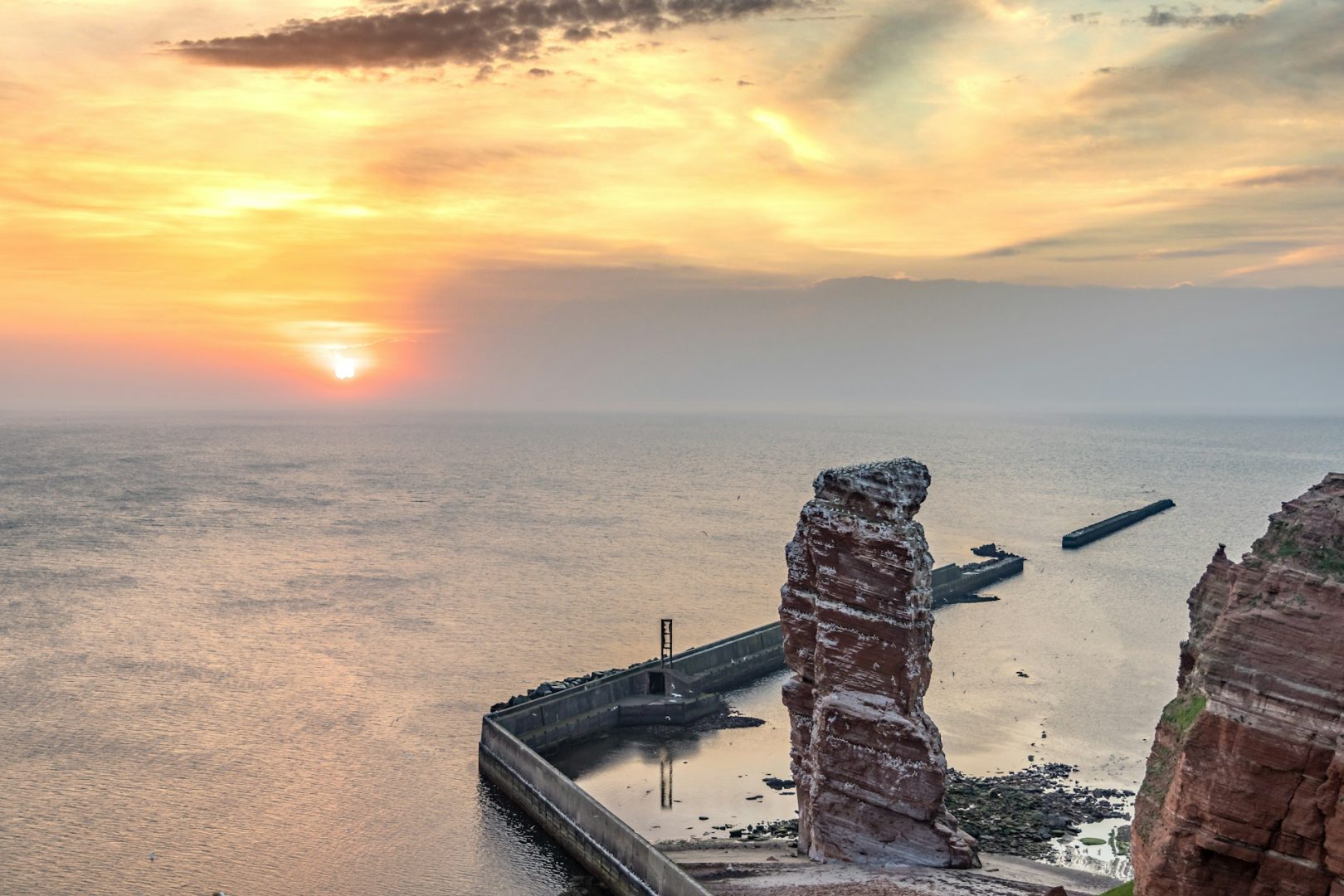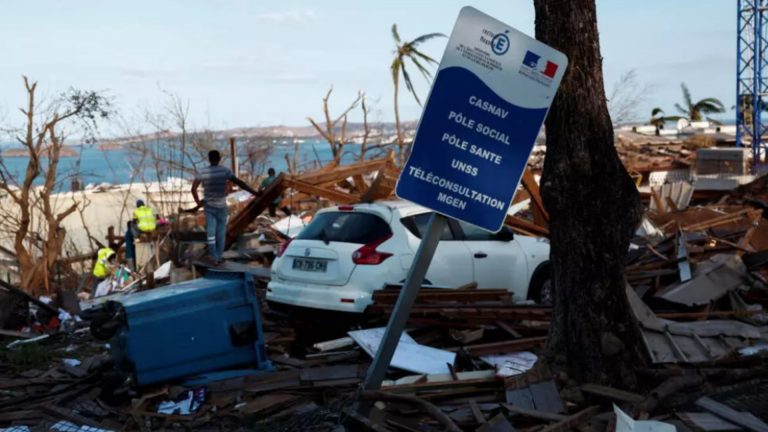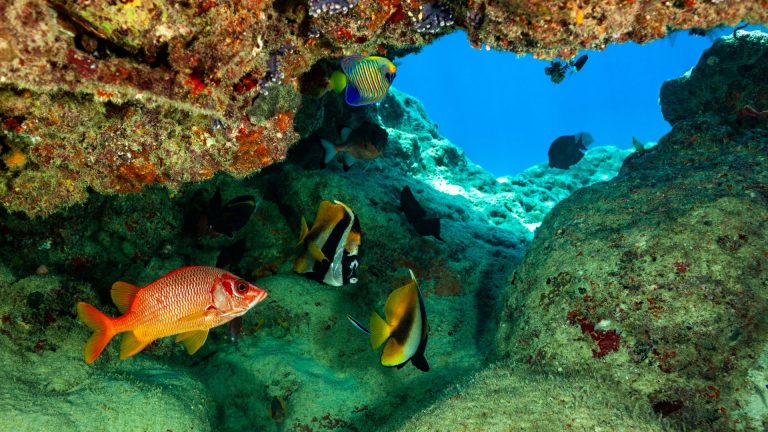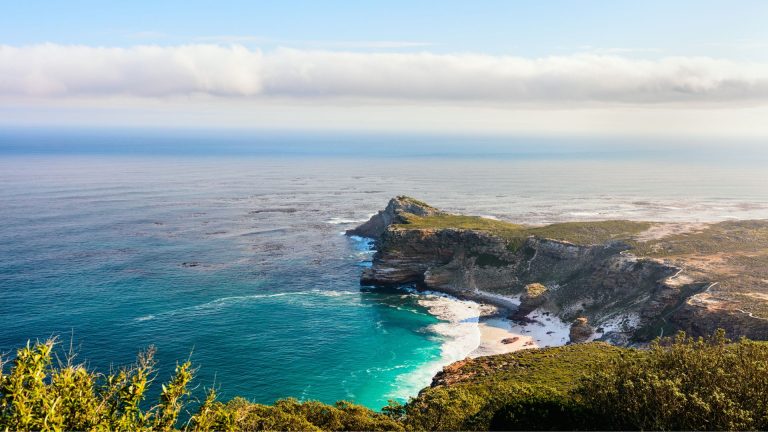Excerpt from nationalgeographic.com
The tiny island of Helgoland in Europe’s North Sea is today both a tourist idyll and the center of a booming offshore wind-turbine industry. But this seemingly inoffensive slip of land once posed so dire a threat that one of the world’s greatest empires tried to blow it up.
Helgoland (or Heligoland) is strategically located about 30 miles off the northwest German coast at the edge of the North Sea, and Danish kings and German dukes had vied for it since medieval times. Its name may mean “holy land,” perhaps because the Germanic fertility goddess Nerthus was worshipped there in ancient times—and it covers less than one square mile (smaller than New York’s Central Park). It’s usually not visible from the mainland and is considered Germany’s only “offshore” island. About 1,200 people now live there, while an even smaller, uninhabited island lies a quarter mile away.
…
One of the few native Helgolanders still alive from that time remembers hearing the blast as a “rumble, like thunder” in the German seaside town of Cuxhaven, about 35 miles away. “At that moment, it was clear to all of us: Heligoland had been blown up,” tour guide Olaf Ohlsen told Der Spiegel in 2017.
Ohlsen was 11 years old and returned with other islanders in 1952 when Britain returned Helgoland to Germany. He remembered searching for a graveyard where he was supposed to lay flowers but couldn’t find it amid the destruction: “I couldn’t even find the church,” he recalled. “The sight was horrible.”
But one thing managed to survive Operation Big Bang: a prominent, gnarled mulberry tree that survived the 1947 blast and is now known today as the “Miracle of Helgoland.”
The tree represents the island’s resilience, Ohlsen told Der Spiegel: “It is the symbol of our will to survive, our will to start over again.”






















